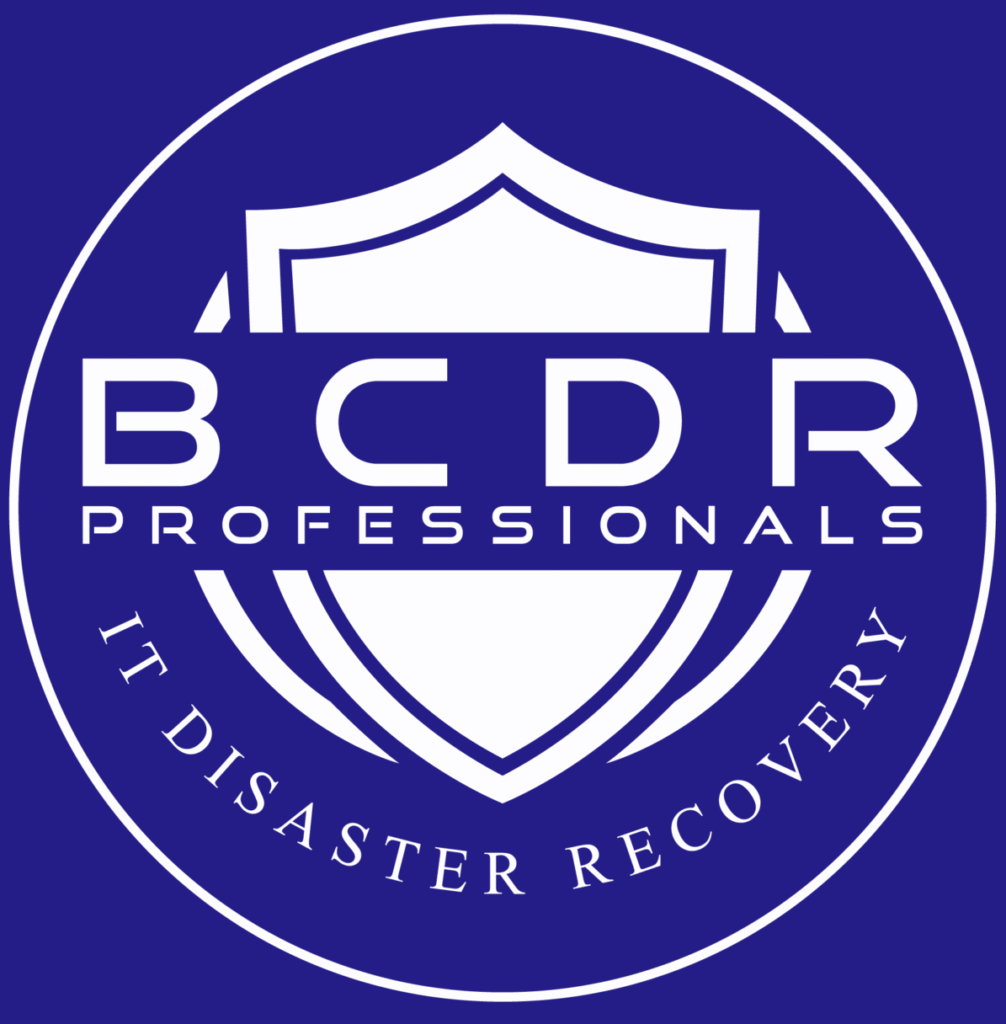A robust IT disaster recovery plan and strategy is essential for protecting your organization’s critical data and maintaining information security against evolving cyber threats. With a cyber-specific incident response plan in place, you can recover quickly after an attack, minimize downtime, safeguard customer trust, and avoid severe financial losses. Without it, the consequences can be catastrophic.



If your business relies on IT infrastructure, robust Backup and Disaster Recovery solutions are essential to minimize the risk of data loss and ensure business continuity during system failures. Our experts assess your unique vulnerabilities and implement tailored solutions and procedures to keep operations running smoothly, even in the face of unexpected disasters.
A Business Impact Analysis (BIA) is a process that evaluates the potential consequences of disruptions on a business, identifying critical functions, assessing the impact of downtime, and prioritizing recovery efforts. It helps organizations understand their vulnerabilities and develop strategies to mitigate risks and ensure business continuity.
A business continuity plan (BCP) is a document that outlines the steps an organization will take to maintain or quickly resume critical business functions in the face of a disruption, such as a natural disaster, cyberattack, or power outage. It's essentially a "playbook" for ensuring business operations continue with minimal disruption, including a communications plan.
Disaster recovery testing is the process of verifying an organization's ability to restore data, applications, and operations after a disruption, such as a natural disaster, IT failure, or cyberattack. It involves simulating various disaster scenarios to identify weaknesses in the disaster recovery plan, improving its effectiveness, and ensuring minimal downtime if a real disaster impacts your business.
